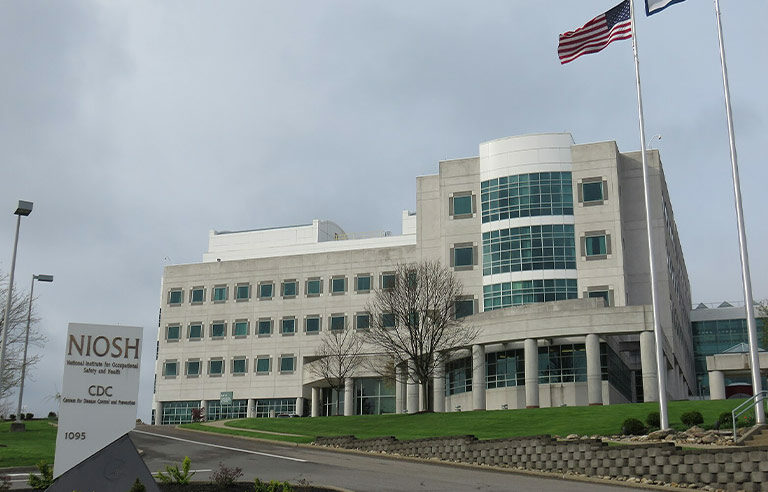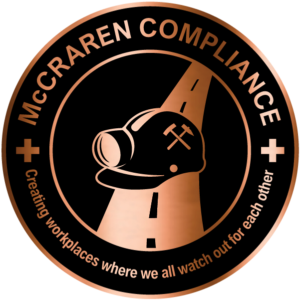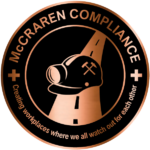
NIOSH’s Robert C. Byrd Laboratory in Morgantown, WV. Photo: Antony-22/Wikimedia Commons
Washington — A coalition made up of 13 labor unions and a manufacturer of personal protective equipment is suing the Department of Health and Human Services and Secretary Robert F. Kennedy Jr. over what it calls an “unlawful shutdown” of NIOSH operations.
The coalition, which includes the AFL-CIO, the United Mine Workers of America and Dentec Safety, filed a petition May 14 in the U.S. District Court for the District of Columbia. The unions call on Kennedy to “resume immediately all activities that NIOSH performed before” recent cuts to the agency workforce – some of which have recently been reversed.
“The Trump administration’s rash move to decimate the NIOSH workforce is not only unlawful but shortsighted,” Bonnie Robin-Vergeer, an attorney with watchdog group Public Citizen’s litigating arm and case lead counsel, said in a press release. “Established by Congress, NIOSH is often called a ‘small but mighty agency,’ and Congress has repeatedly recognized its importance each time it appropriates funds to the institute to carry out its critical work.
“In bypassing Congress and effectively shutting down the agency, Health and Human Services violated federal laws and exceeded its power under the Constitution.”
An HHS restructuring plan announced March 27 indicated the department would cut around two-thirds of NIOSH’s staff – more than 870 employees. According to a CBS News report, the layoffs were to affect the National Personal Protective Technology Library and NIOSH’s miner safety and health branches. They were expected to go into effect by June 30.
Speaking May 14 during a House Appropriations Committee hearing, Kennedy testified that HHS has reinstated 328 NIOSH employees. That includes those working in agency offices in Morgantown, WV, and Cincinnati, as well as the NIOSH World Trade Center Health Program.
Kennedy also confirmed that the Coal Workers’ Health Surveillance Program will “continue to function with continuity.” Further, programs for occupational safety and testing, such as the Respirator Approval Program, will remain.
The U.S. District Court for the Southern District of West Virginia on May 13 ordered HHS to restore the CWHSP amid an ongoing lawsuit from a West Virginia coal miner with early stages of black lung disease – a deadly condition caused by exposure to respirable crystalline silica.
In its petition, the coalition expresses concern that drastically reducing the NIOSH workforce compromises the agency’s “vast portfolio of research, medical, and investigatory programs and services that protect the safety and health of workers every day in some of the highest-risk industries.”
Among the programs and services:
- Evaluating and certifying respirators and testing other personal protective equipment for use on worksites across industries
- Screening miners for black lung disease and certifying experts qualified to analyze their chest X-rays
- Administering medical monitoring for miners, as well as monitoring and treatment for victims and first responders involved in the Sept. 11 terrorist attacks
- Developing criteria that identify safe exposure levels for toxic substances for various periods of employment
- The National Firefighter Registry for Cancer
United Steelworkers President David McCall said in the release that “there is no doubt that the administration’s baseless assault on NIOSH puts workers and their communities in peril.”
UMWA President Cecil Roberts added in the release that the “dismantling” of NIOSH “turns back decades of progress.”
McCraren Compliance offers many opportunities in safety training to help circumvent accidents. Please take a moment to visit our calendar of classes to see what we can do to help your safety measures from training to consulting.
Original article published by Safety+Health an NSC publication


